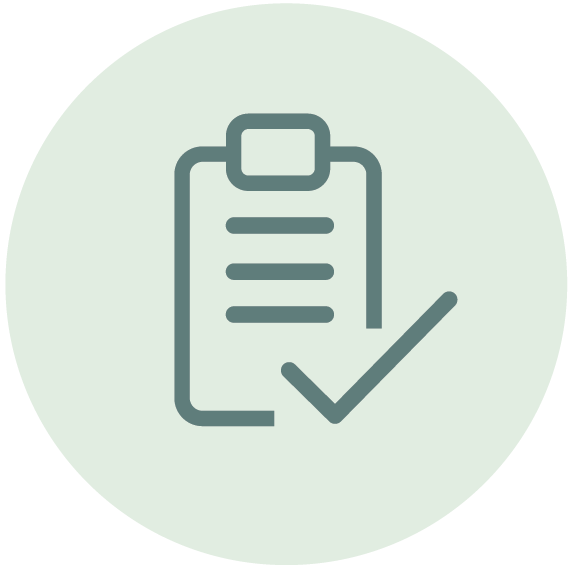The AZ-400T00: Designing and Implementing Microsoft DevOps Solutions course equips professionals with the skills to create and manage DevOps processes in Microsoft Azure. It covers key areas such as continuous integration and delivery (CI/CD), infrastructure as code (IaC), and automating workflows using Azure DevOps, Docker, Kubernetes, and Terraform. Participants will also focus on security and monitoring within DevOps pipelines.
«Very good instructor, chill astmosphere and learning area. Very anecdotal information about work experiences.»
 Course objectives
Course objectives Prerequisites
Prerequisites
This course is recommended as preparation for exam AZ-400: Microsoft Azure DevOps Solutions.
To become a Microsoft Certified: DevOps Engineer Expert, you must pass one of the following exams:
The exam fee is not included in the course price.

AZ-400 gir deg ferdighetene du trenger for å planlegge, bygge og optimalisere moderne DevOps-prosesser i Microsoft Azure. Du lærer å:
Dette er et kurs som går både bredt og dypt, og passer perfekt for deg som skal ta et DevOps-ansvar i virksomheten.
Kurset er rettet mot roller som:
Det egner seg både for erfarne utviklere og de som jobber med infrastruktur.
Du bør ha:
Anbefalte forkurs:
Du jobber med:
Ja, kurset er svært hands-on. Du jobber med:
Ved bestått eksamen får du tittelen:
Microsoft Certified: DevOps Engineer Expert
Du jobber blant annet med:
Fordi DevOps-kompetanse er en av de mest etterspurte ferdighetene i dag. Kurset hjelper deg å:

See other courses to explore:
See course areas to explore: